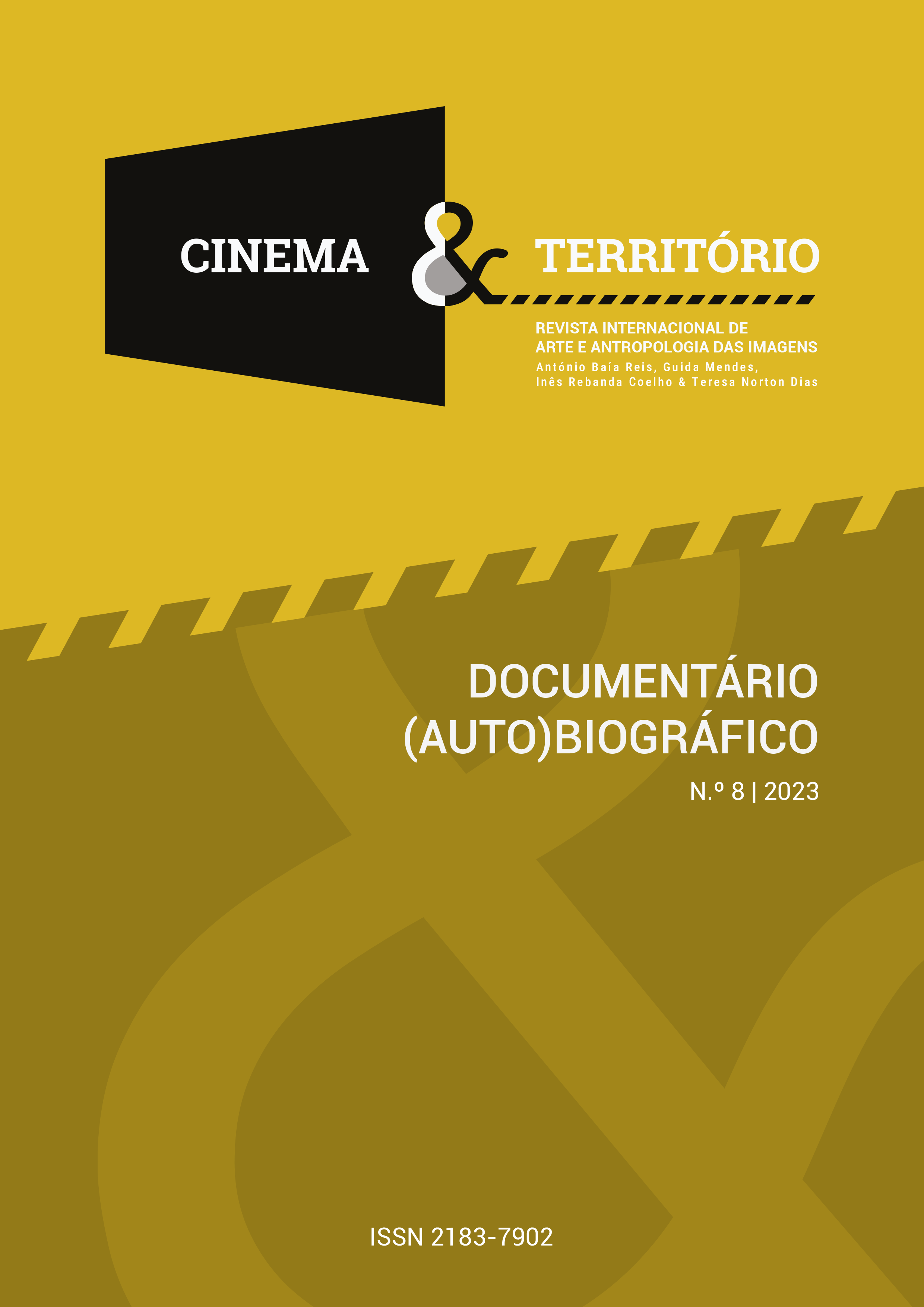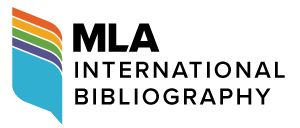The Earth as Event II
DOI:
https://doi.org/10.34640/c.t8uma2023castroKeywords:
thought, territory, matter, form, image and transductionAbstract
The artistic and geophilosophical project "The Earth as Event", in its cinematographic aspect, problematises the relationship between the Earth and nature. It is a transdisciplinary project which, in essence, leads to the emergence of new images of the Earth, questioning the historically and ethologically marked notion of territory. It is increasingly felt that the territorial logic that captures the earth is reaching a critical moment, of which the climate crisis and the entry into the Anthropocene are an important indication. In the film "The Earth as Event II", through its use of materials and the transduction of the arts it develops, it operates a deterritorialisation, accentuating the displacement of materials and questioning them in their almost pre-human originality. Only cinema has the ability to deterritorialise the logic of historical borders, without illusory reterritorialisation. The appearance of the earth in its elementality as cinema gives it place without dominating it, crossed with phrases that are also nomadic, which punctuate the video, opens up political possibilities for thinking about the relationship with the earth and the community of those who inhabit it. This is a creative expression that aims to intervene and give visibility to other possibilities for inhabiting the Earth. [...].
References
Bachelard, G., (1972). La Poétique de L’espace. Presse Universitaires de France. Bragança de Miranda, J.A. (2017). Corpo e Imagem (3ª ed). Nova Veja.
Bragança de Miranda, J.A. (2023). Constelações. Ensaios sobre cultura e técnica na
contemporaneidade. Documenta.
Casey, E. S. (1997). The Fate of Place. A Philosophical History. In Place as Container – Aristotle’s Physics. University of California Press.
Castro. R. (2021). Filme “A Terra como Acontecimento II”. Lisboa.
Castro, R. (2022/23). LA TERRE COMME ÉVÉNEMENT. Organisée dans le cadre de
la Saison Croisée France-Portugal 2022, realisée par Mémoire de l’Avenir avec le soutien de l’Institut Français, la Ville de Paris. Edition bilingue - français/portugais.
Deleuze, G. (2003) [1986].” Le cerveau, c’est l’écran”, Deux regimes de fous. Textes et
entretiens,1975-1995. Ed. D. Lapoujade, Minuit.
Deleuze, G. & Guattari, F. (1992). O que é a Filosofia? Ed. Presença.
Didi-Huberman, G. (2001). L’HOMME QUI MARCHAIT DANS LA COULEUR. Les
Éditions de Minuit.
Didi-Huberman, G. (2007). Cuando las imágenes yocan lo real. Prólogo
de Alberto Santamaria. Consorcio del Círculo de Bellas Artes. Área de Edición CBA.
Epstein, J. (1948-51). Écrits sur le cinema. Alcool et cinéma., Seghers.
Epstein, J. (1975). Écrits sur le cinéma, realSeghers, « Cinéma club ».
Lefebvre, H. (2000). La production de l’espace (4.ª ed.) Publiée avec l’aide du
Ministère de la culture et de la communication. (Centre national du livre et Direction de l’architecture et du patrimoine). Antrophos.
Resta, C. & Irineu, P. (2019). Geofilosofia. Editora Barlavento.
Sauvagnargues, A. (2005). Deleuze Et L’Art. Lines D’Art. PUF.
Downloads
Published
How to Cite
Issue
Section
Categories
License
Copyright (c) 2023 Romy Castro

This work is licensed under a Creative Commons Attribution-NonCommercial 4.0 International License.
For more information follow the link: CC Atribuição-NãoComercial 4.0








